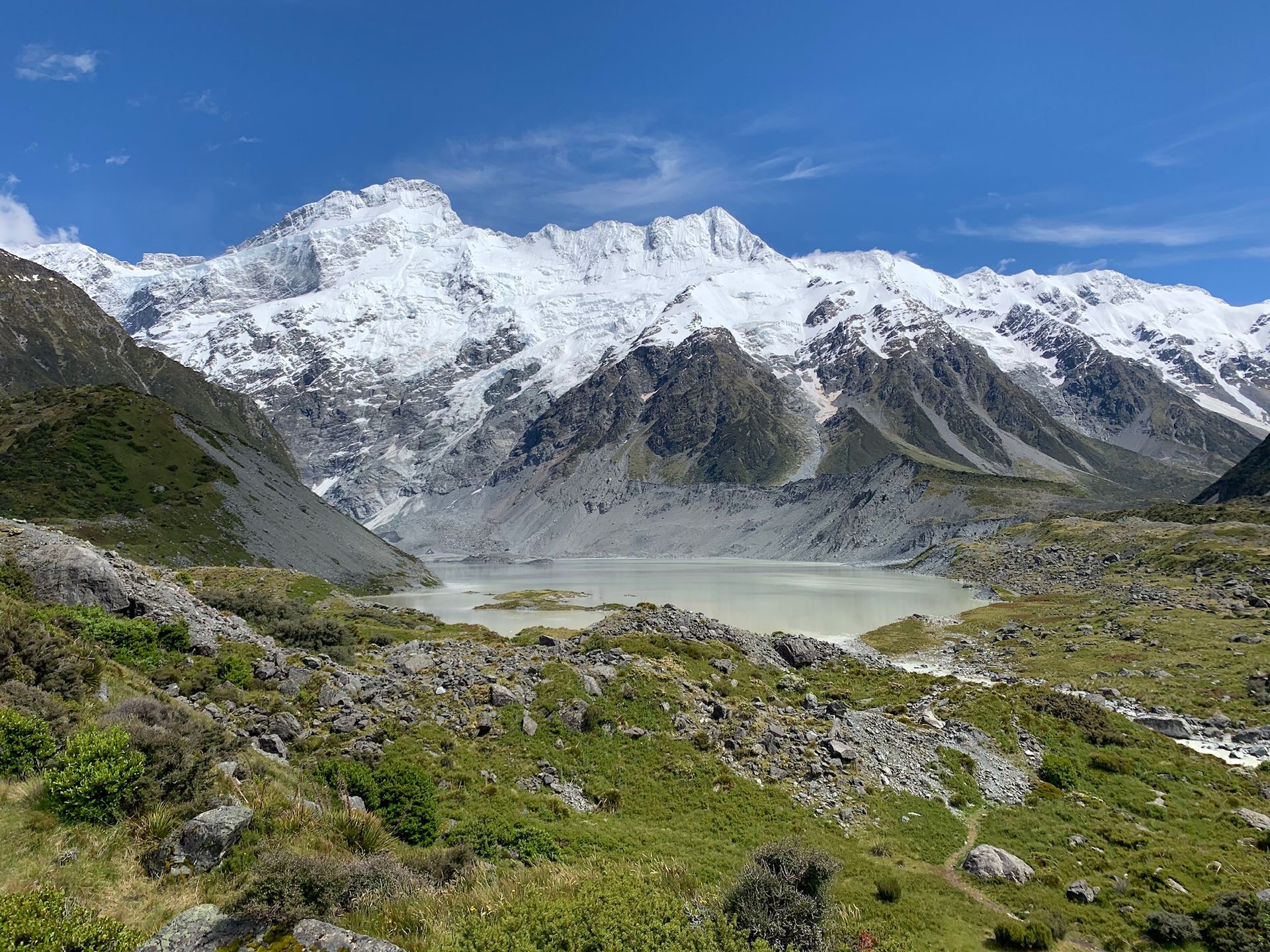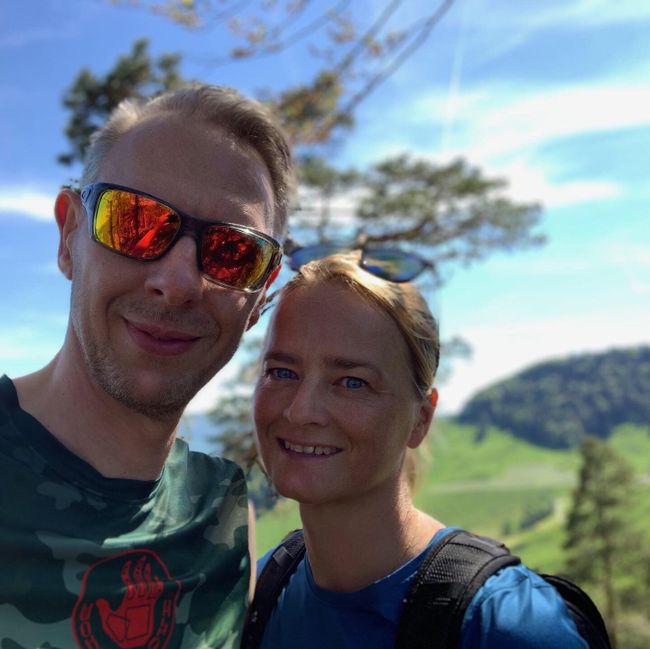Day 19 Wellington trip
ထုတ်ဝေခဲ့သည်။: 02.01.2020
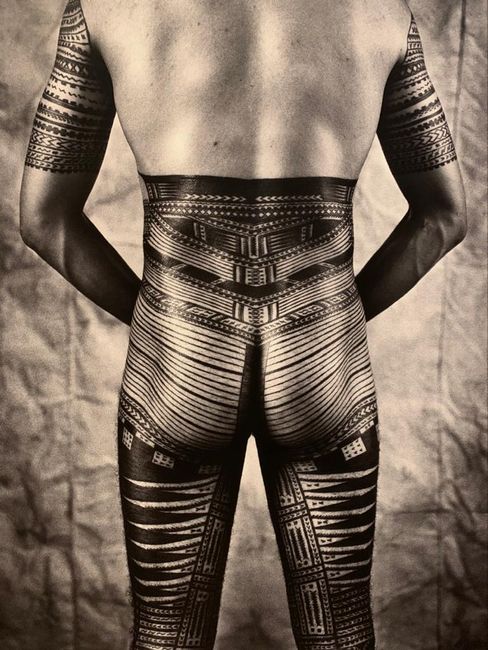
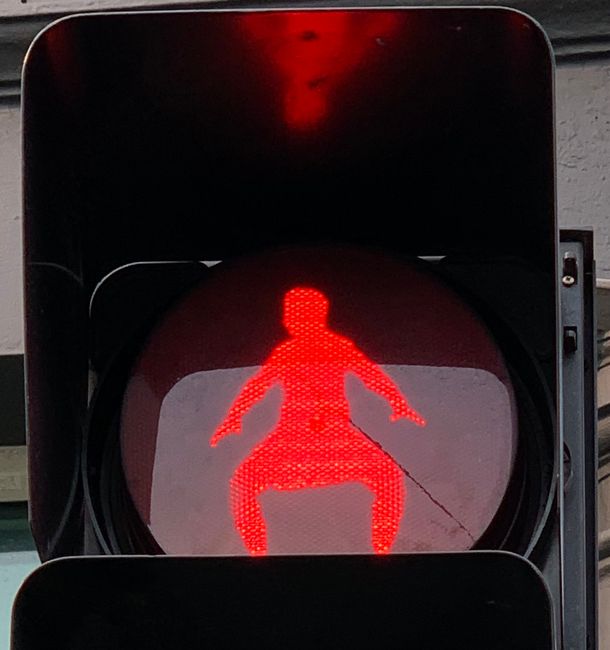
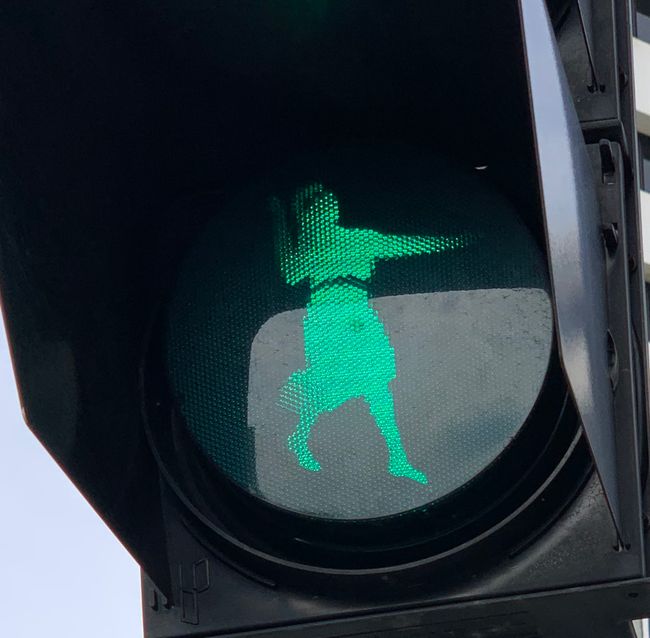
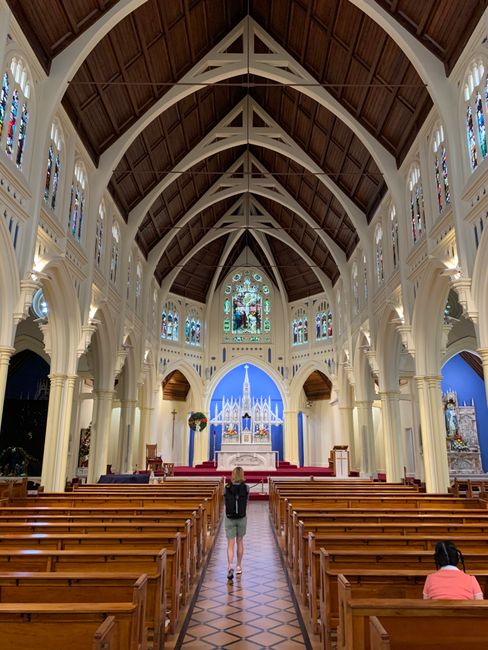
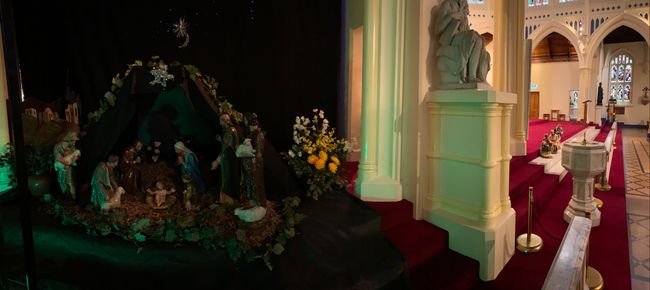
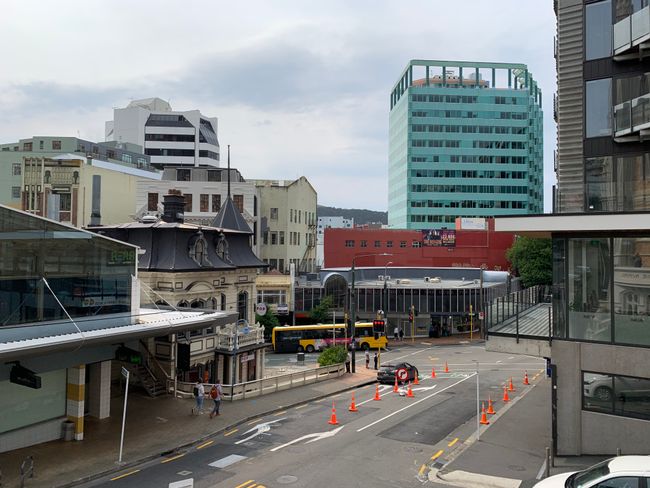
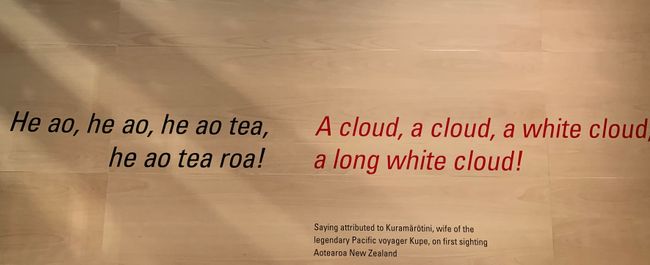
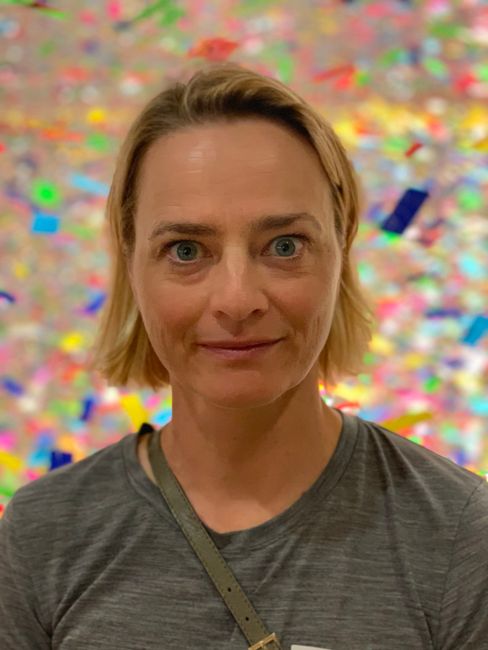
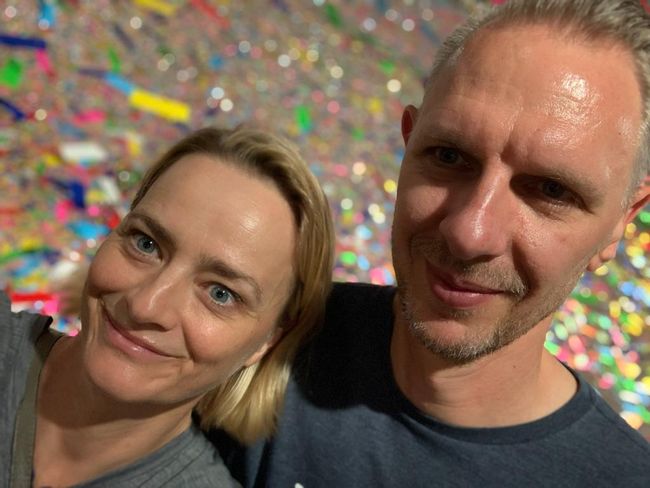
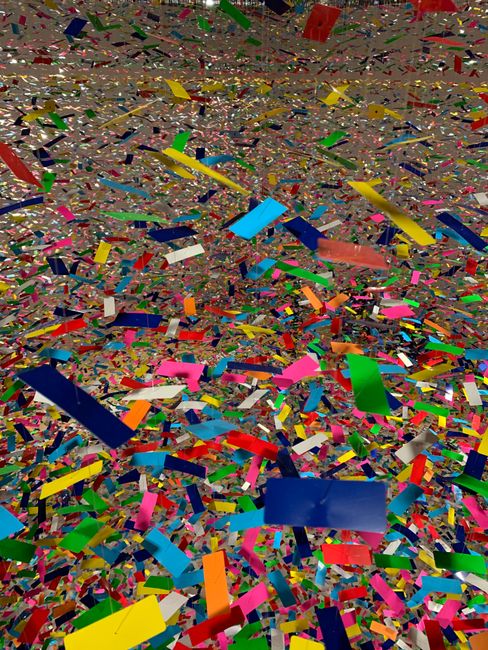
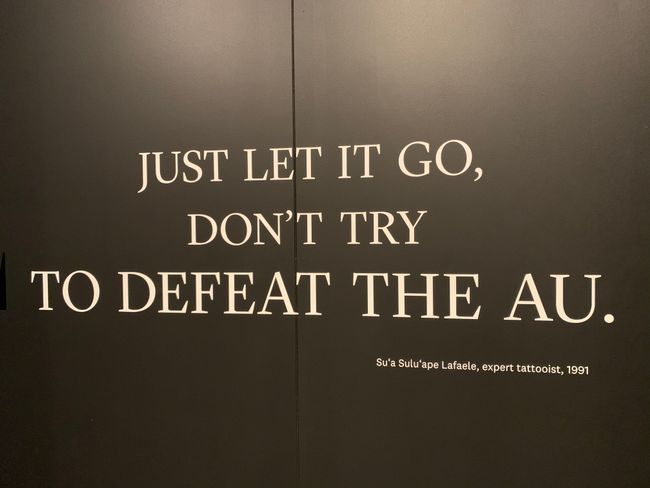
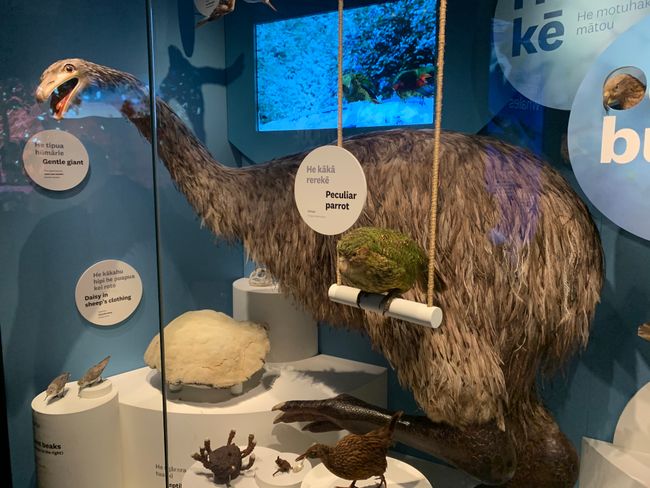
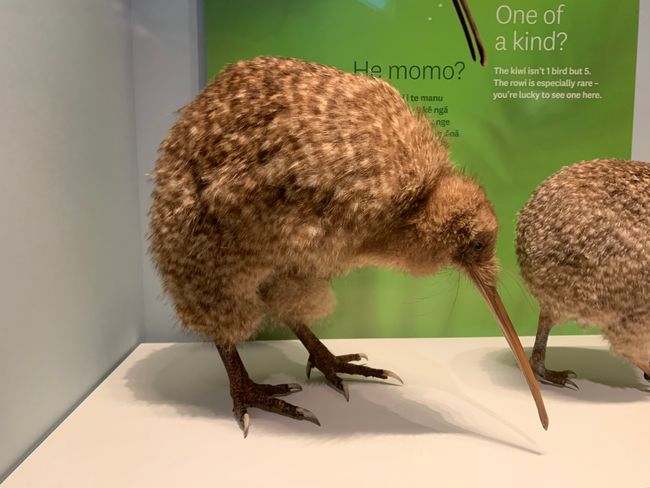
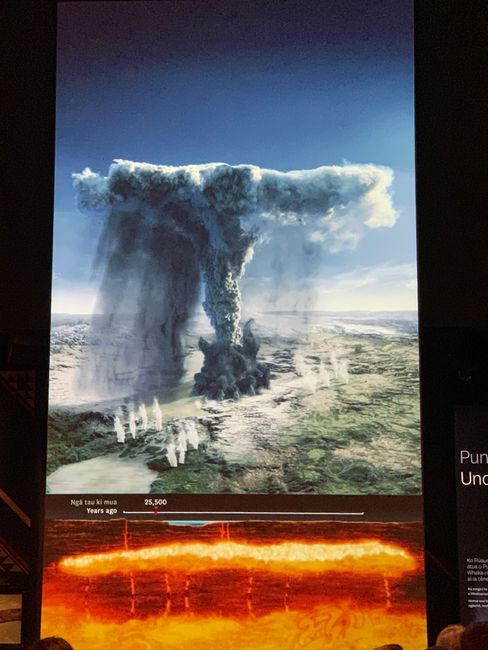
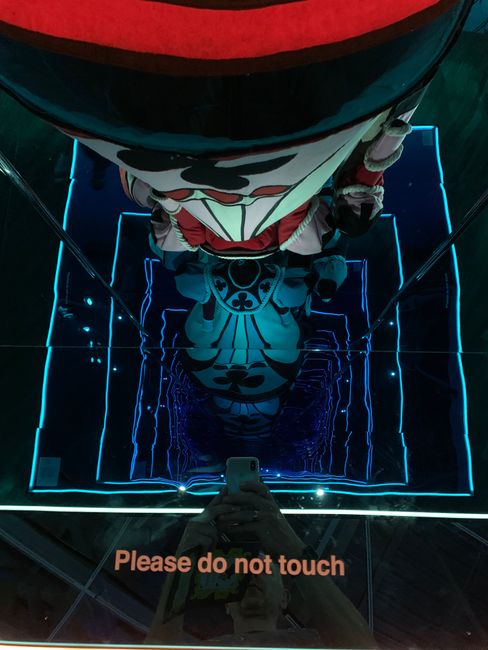
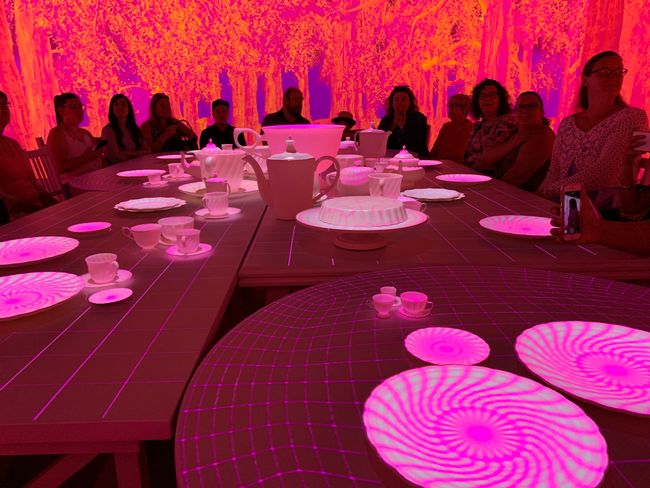
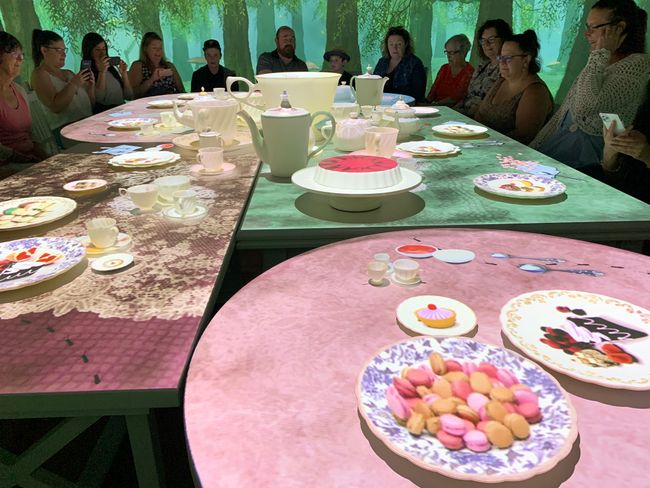
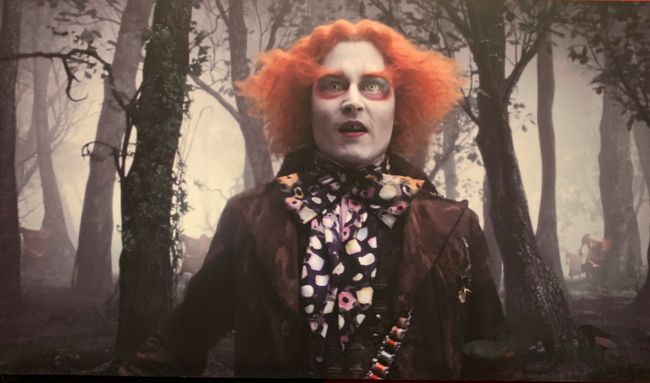
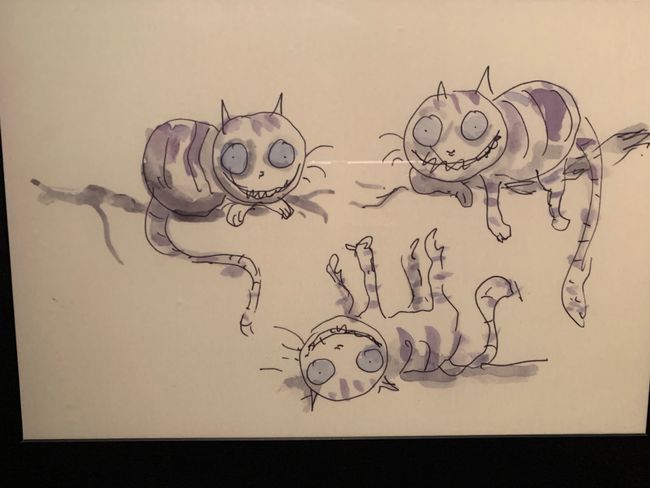
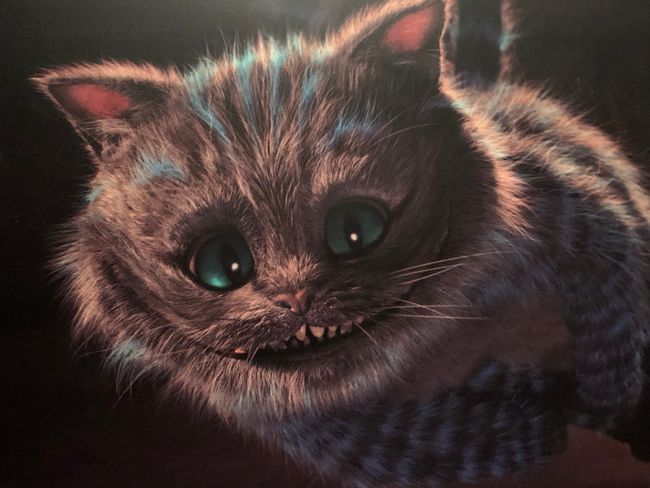
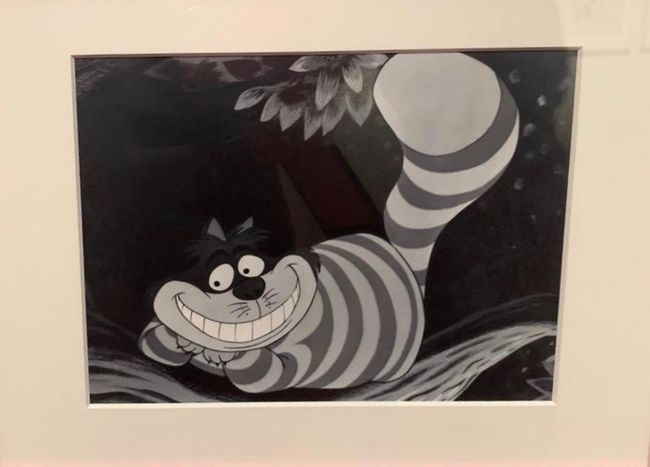
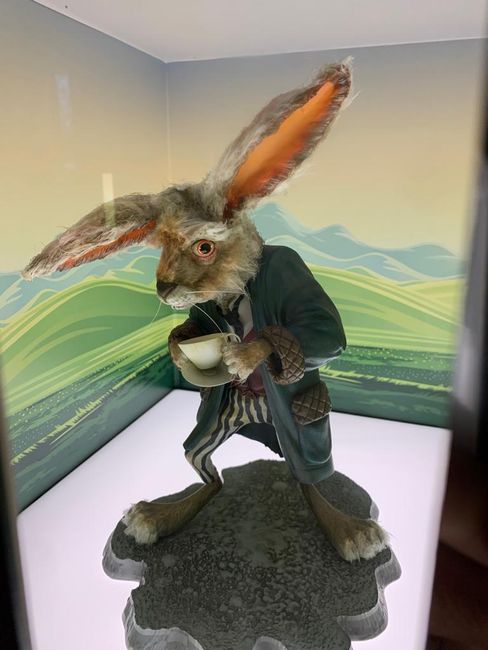
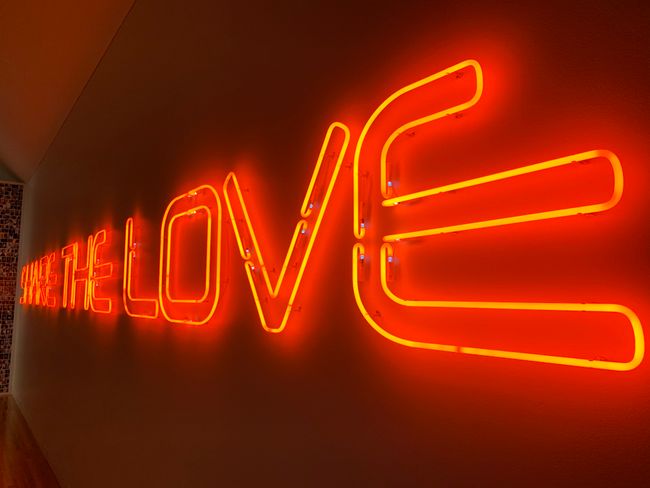
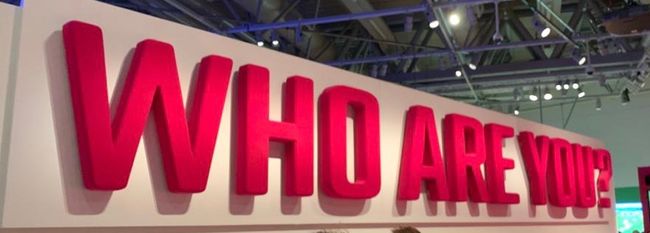
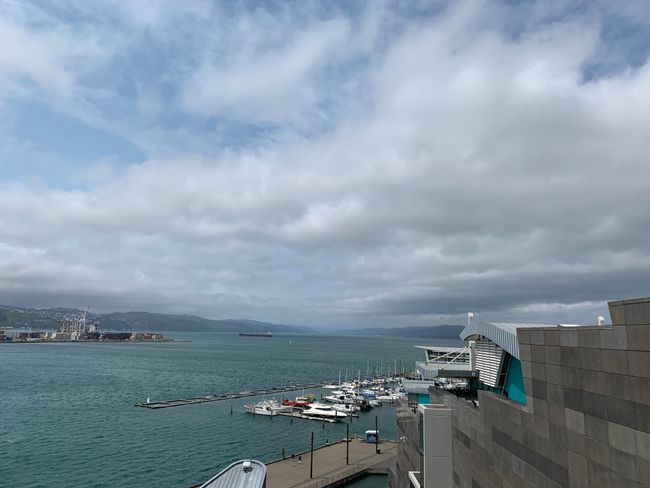
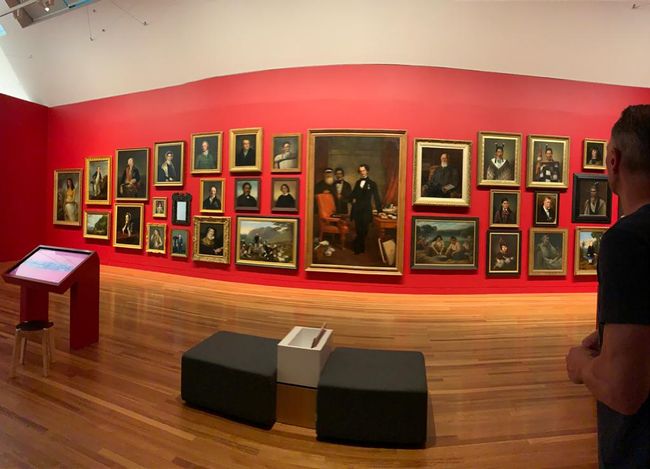
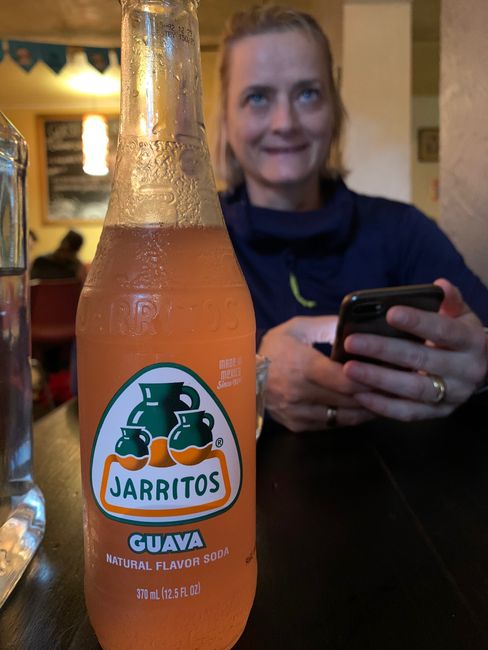
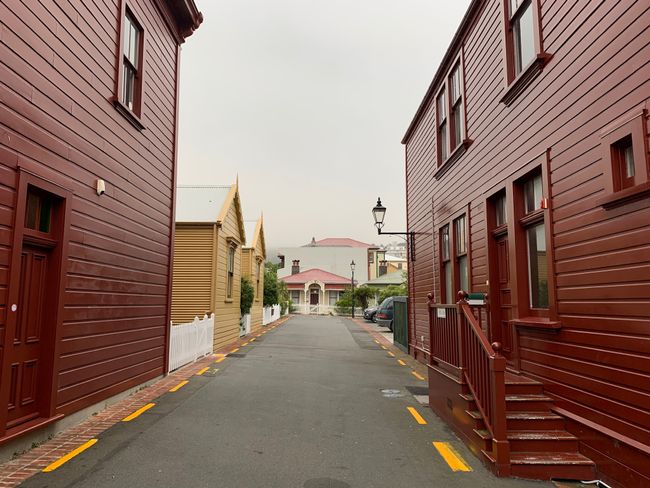
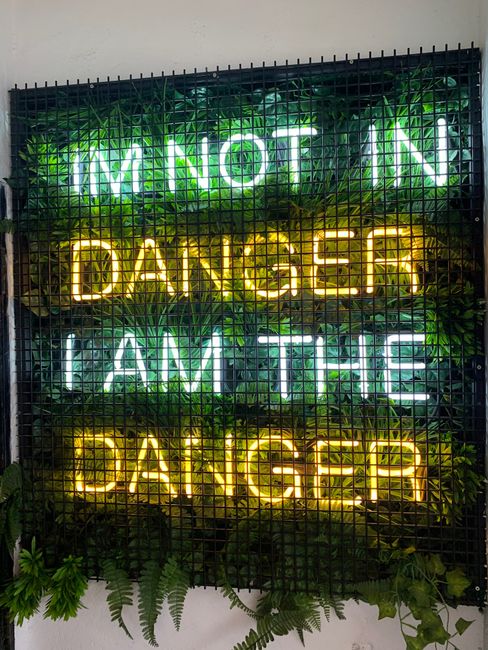
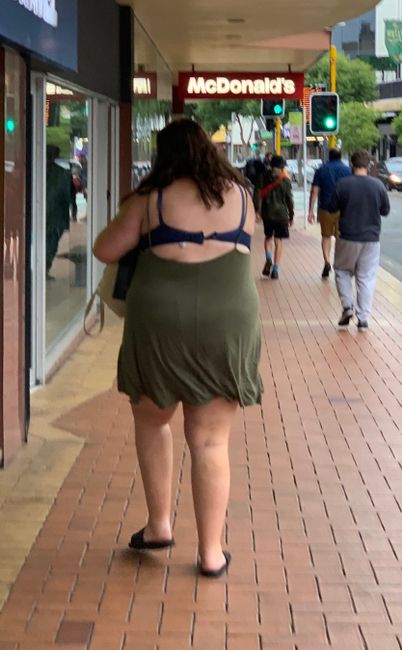
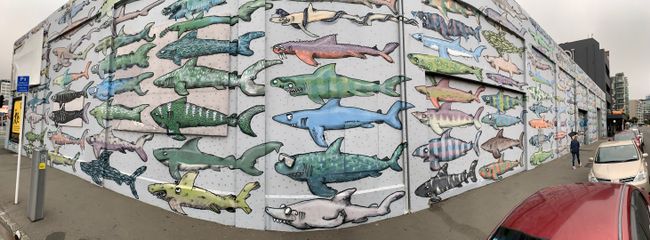
သတင်းလွှာကို စာရင်းသွင်းပါ။
Today we actually did not drive a car for the first time - quite crazy. We walked through Wellington on foot, which is wonderfully easy since our hotel is right in the middle, it's called QT Museum and highly recommended.
If the following text with lots of facts is too long, you can just look at the photos. In short: Impressions of Wellington and the National Museum. It would be very sad for me though, since I put in so much effort.
After a wonderful breakfast at www.floriditas.co.nz, we went to a church of the Marists, where Cordula went to school and which is a very small order. Catholics always set up a nativity scene at Christmas, which changes over the days. For example, on December 24th, Jesus comes into the manger and on January 6th, the three wise men arrive. Today, the three wise men were not yet in the manger, but they were already on the steps of the altar and clearly on their way to the manger. Cordula had never seen that before and it is remarkable.
Then we went to the Te Papa National Museum and therefore you will receive a lot of facts about New Zealand. It is the largest national museum in the world and truly impressive. But let's start with Wellington. In 1865, Wellington officially became New Zealand's capital; its relocation from the much larger Auckland to the centrally located, emerging metropolis was considered necessary to suppress secessionist tendencies on the South Island due to the gold rush in Otago. Wellington has only 1/10 of the population of Auckland, with just under 200,000 inhabitants, and is only the third largest city in New Zealand after Christchurch. And let us tell you, the "city center" is somehow everything - from pretty run-down to chic. At one street intersection you can find Neukölln, Kreuzberg, Charlottenburg and Prenzlauer Berg, to put it into Berlin terms. The cultural life is booming here, which the city is also famous for. Even though there is still a lot open yesterday (January 1st) and today.
Back to the National Museum. We spent a long time there and even took a lunch break outside. Across several levels, you can learn a lot about the history of New Zealand, the first settlers (Polynesians) and the second (Europeans), about their coexistence. You can see many touchable exhibits, there is an outdoor area with flora and fauna, modern art, everything about tectonics, animals that were eradicated by immigrants... The most famous ones are probably the moas. There were eleven different species and the largest ones grew up to 3 meters tall and weighed 240 kg. Since New Zealand was free of human inhabitants and cut off from other land masses until about 850 years ago, there were no intruders. That changed massively with the Polynesians and they simply ate the moas. After all, there were originally only two mammal species on New Zealand, two bats. Well, what should big (dumb?) birds eat? Luckily, there are still kiwis, but you also have to fight for them because of the introduced cats, rats, etc. It is impressive that the New Zealanders are really fighting hard to make flora and fauna free of introduced species again - except for what they need, like sheep and cows, but also sweet potatoes. Fun fact: The Polynesians brought them with them, after they brought them to themselves from South America. They sailed a lot on their wooden boats, which, by the way, were twice as fast as James Cook's 700 years later. Yes, New Zealand actually doesn't have any true indigenous people, but the Maori, as the Polynesians called themselves, should be referred to as such. Then the Europeans came, first Mr. Abel Tasman (Dutch, so don't pronounce it in English) as early as 1642. But he never really set foot in New Zealand, it wasn't a good encounter with the Maori. Nevertheless, many things are named after him, like the "Abel Tasman National Park", where we went paddling, the Tasman Glacier, Tasman Sea and Tasman Lake, and Tasmania (Australia). - Then nothing much happened for a long time until James Cook appeared and did better. It is a long and not always good history, but the English had already learned from India and the USA and didn't repeat many mistakes with the indigenous people here. You can feel that here. The Maoris are, of course, omnipresent. Maori is the national language, many things are named in two languages, like the country itself "New Zealand" or "Aotearoa" (Land of the Long White Cloud) or Mount Cook, where we also were, which is then called Aoraki/Mount Cook - "Cook" is obvious, see above about the Englishman. It took many, many years until reparations were made, but fortunately they did not take everything away from the Maori back then and banished them to any ghettos. Today, they own the majority of tourist attractions on the South Island, for example. And even the traffic lights in Wellington perform the Haka. - Awesome!
Cordula wanted to visit the special exhibition on Alice in Wonderland. We didn't find out why it is in this museum, and I went to the special exhibition on Maori tattoos.
Then we finished, took a leisurely walk through the city, had Mexican food at the Buritto Brothers, and now the day is coming to an end.
သတင်းလွှာကို စာရင်းသွင်းပါ။
ဖြေ

ခရီးသွားအစီရင်ခံစာ နယူးဇီလန်
